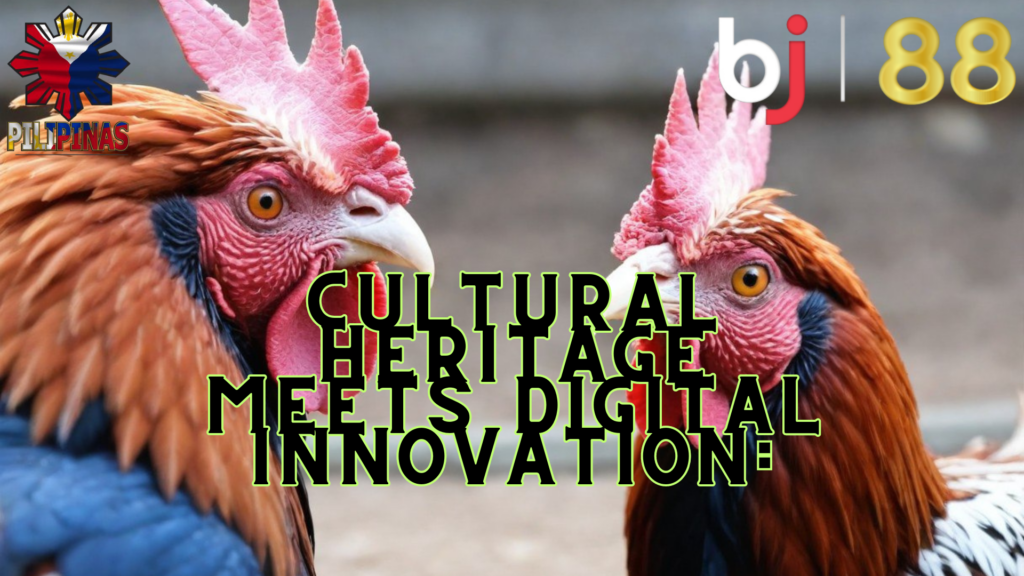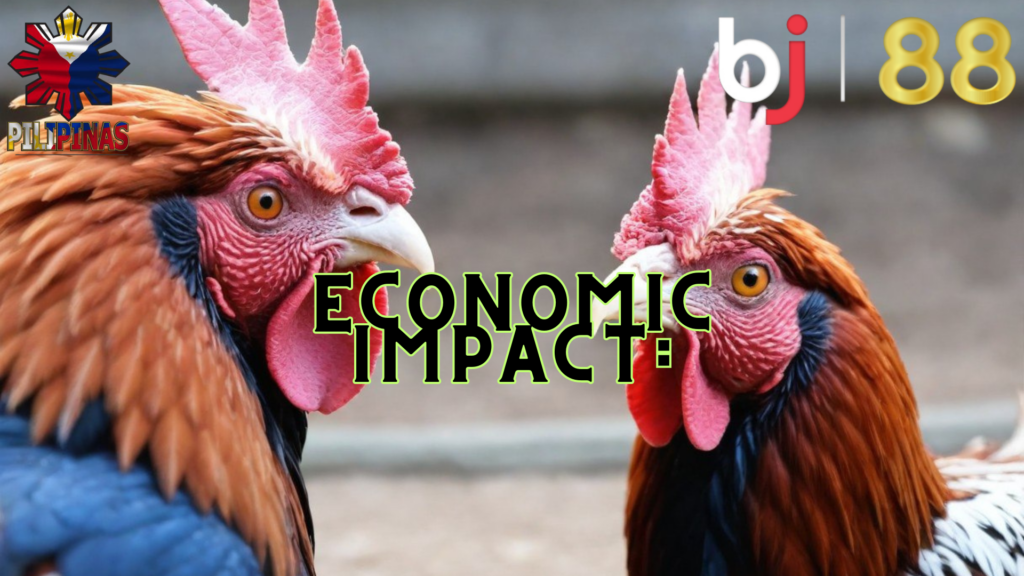Situated at the heart of the Philippines, an ancient practice has entered a new realm: the digital domain. Sabong, colloquially known as cockfighting and deeply embedded in Filipino heritage, has evolved with the passage of time, transitioning from dusty arenas to the vibrant screens of smartphones and computers. Online Sabong, the modern iteration of this timeless pursuit, has rapidly gained momentum across the archipelago, revolutionizing the way enthusiasts engage with this cultural tradition. This article explores the emergence of Online Sabong, its cultural significance, legal complexities, and the implications of its digital evolution.

Sabong holds a central role in Filipino cultural heritage, with its origins tracing back to pre-colonial eras. Traditionally hosted in local venues called “sabungan,” cockfighting events served as communal gatherings where individuals convened to witness intense clashes between prized roosters. However, with the rise of technology and the internet, this age-old tradition has found a new platform – the online realm.

Online Sabong platforms have emerged as digital alternatives to traditional cockfighting arenas. These platforms offer enthusiasts a convenient and accessible avenue to participate in and observe cockfighting matches from the comfort of their own homes. With just a few clicks, users can place bets, stream live matches, and engage with fellow enthusiasts through chat features.

Despite its deep cultural roots, Sabong exists within a legal gray area in the Philippines. While regulated and permitted in designated areas, the legality of Online Sabong remains contentious. Some advocate that the digitization of Sabong presents an opportunity for enhanced regulation and oversight, ensuring fair play and deterring illicit activities such as match-fixing and underage gambling. Conversely, concerns are raised about increased accessibility potentially leading to addiction and societal challenges.

The shift to Online Sabong has also brought about significant economic consequences. Traditional Sabong venues, once bustling hubs of activity, have experienced dwindling attendance as enthusiasts opt for the convenience of online platforms. Conversely, the online Sabong industry has witnessed exponential growth, generating new opportunities for entrepreneurs, breeders, and technology companies. Furthermore, the digitalization of Sabong has expanded its reach beyond local communities, attracting a global audience and boosting tourism in the Philippines.

While Online Sabong presents promising avenues for innovation and expansion, it is not devoid of challenges. Regulatory uncertainties, ethical considerations, and technological constraints pose hurdles that must be navigated. Nonetheless, with a balanced approach to regulation and innovation, Online Sabong holds the potential to flourish as a legitimate and sustainable sector, preserving the cultural heritage of Sabong while embracing the opportunities of the digital age.
CONCLUSION
Online Sabong represents a captivating fusion of tradition and technological progress, seamlessly integrating centuries-old customs with the convenience and accessibility of modern technology. As the digitalization of Sabong continues to unfold, it is crucial to strike a harmonious balance between honoring its cultural significance and addressing the complexities of the digital landscape. Through adept navigation of these challenges, Online Sabong is poised to emerge as a thriving industry, enriching Filipino heritage and captivating audiences worldwide.

